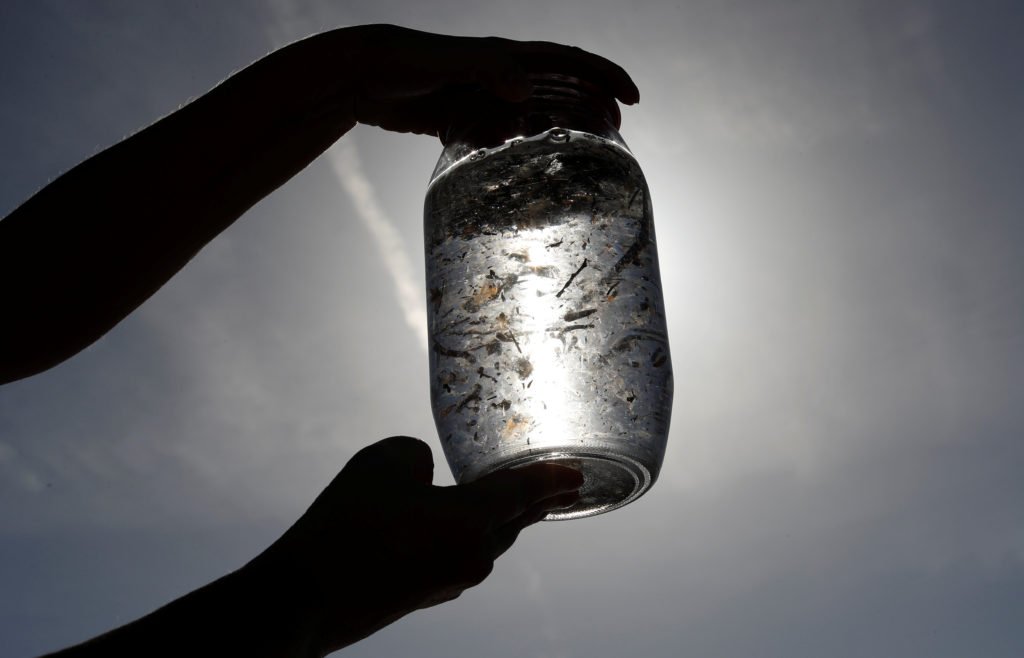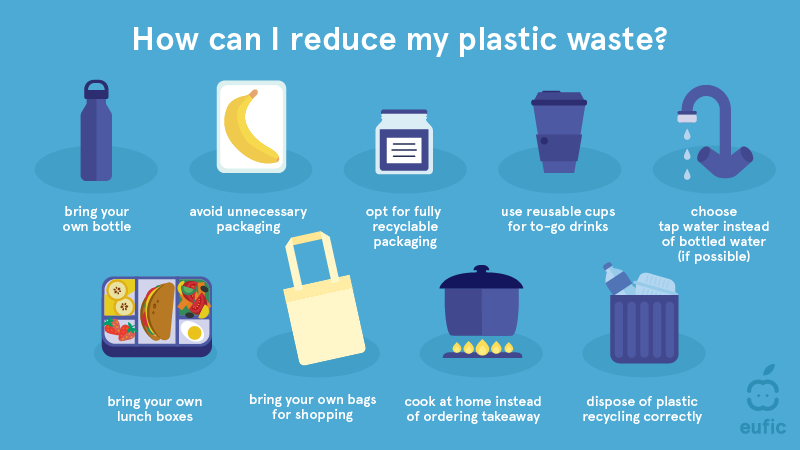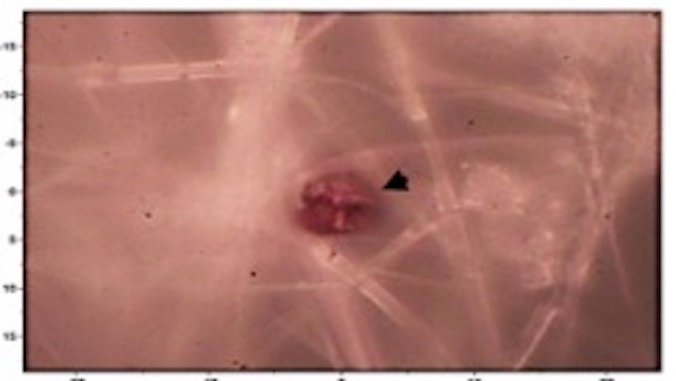Infertility is a growing concern, affecting millions globally. Studies point to a hidden culprit: microplastics and nanoplastics, tiny plastic fragments invading our bodies. These particles, often laced with hormone-disrupting chemicals, threaten fertility at every stage.

Sperm Under Siege
Men’s fertility struggles often involve low sperm count and viability. Research shows microplastic exposure reduces sperm survival and damages DNA, hindering fertilization. Mitochondrial dysfunction and DNA fragmentation occur after just 30 minutes of exposure, compromising sperm’s ability to survive. Countries like Japan and Korea are nearing critical microplastic levels linked to fertility issues.
Female Fertility at Risk
Women face similar challenges. Early menopause, ovarian aging, and egg production issues are common culprits. There’s growing evidence for a link between microplastics and reduced oocyte viability in mice. This finding, though based on animal studies with human trials underway, raises concerns. Furthermore, the presence of microplastics in both mother and fetus within the placenta underscores the potential risks to pregnancy. A recent study detected microplastics in 100% of placentas examined.
Chemical Culprits: Phthalates and BPA
Phthalates, chemicals that make plastics flexible, are linked to hormone disruption. Found in everything from cosmetics to shower curtains, they can cause miscarriages. A Harvard study showed women with high phthalate levels were 60% more likely to miscarry in the first trimester.
Bisphenol A (BPA), another common additive, is also linked to miscarriages. One study found an 83% increased miscarriage risk in women with high BPA levels. These chemicals harm fetal development and breach the placental barrier.
Taking Action
There’s hope! We can reduce exposure to harmful plastics and additives. Check cosmetic and hair product ingredients for phthalates and opt for natural alternatives. Ditch plastic bottles for glass or stainless steel ones.

While “BPA-free” labels exist, be wary of substitute chemicals with similar effects. Reduce fast fashion purchases, as these clothes are often made of synthetic plastics like nylon and polyester. Vacuum frequently to remove microplastics from dust. Avoid microwaving food in plastic containers, even if labeled “microwave-safe,” as chemicals can leach into food.
By making informed choices, we can safeguard our fertility and health for a brighter future.
Reference- Earth Day Newsletter, EPA website, The Guardian, BBC, ScienceDirect







